
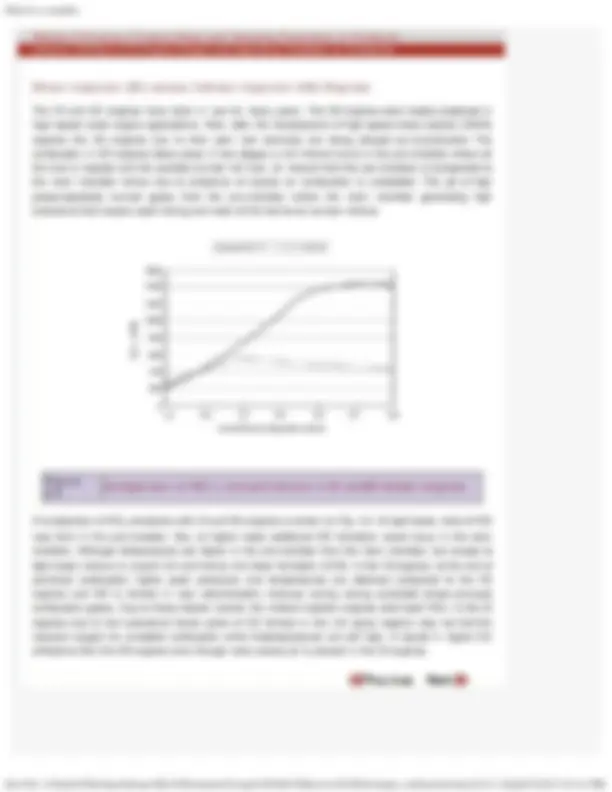
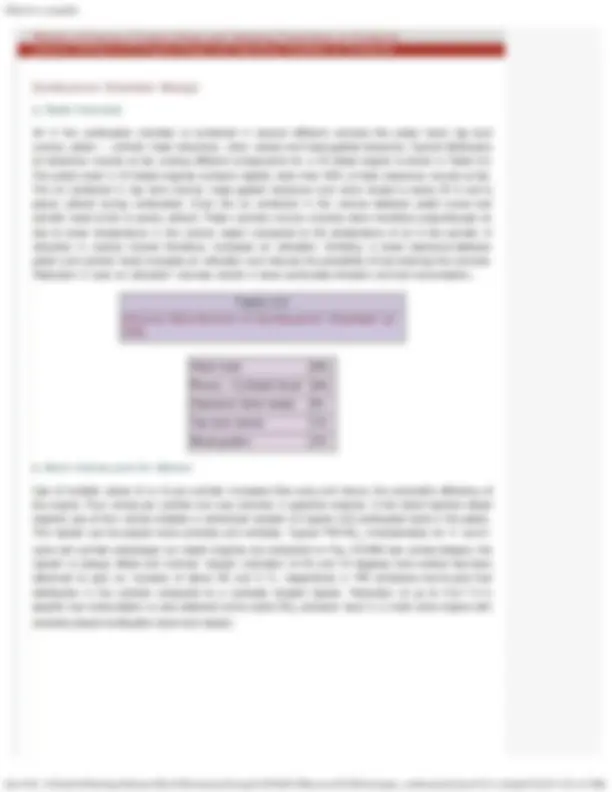
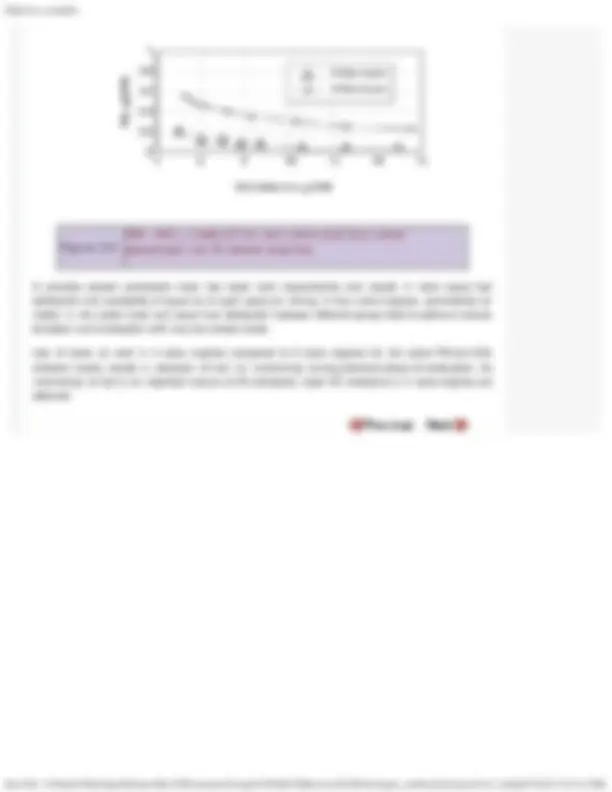
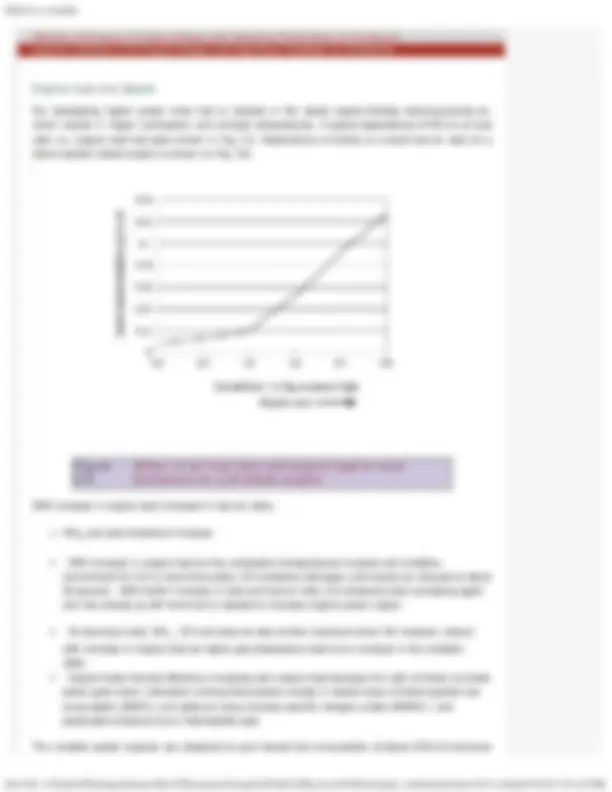


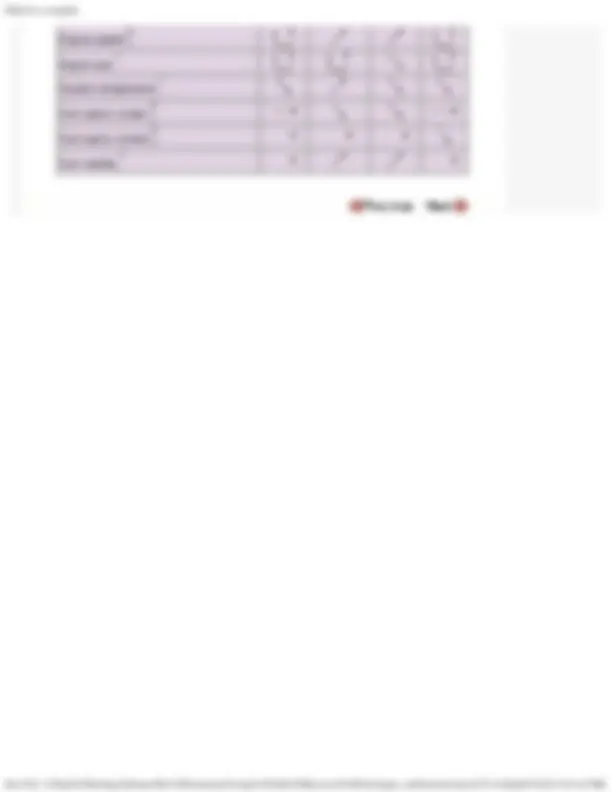
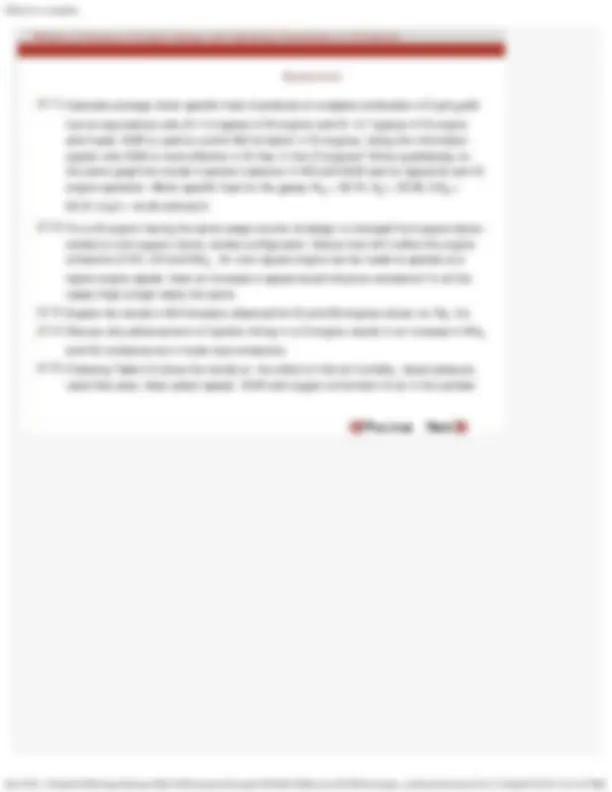


Study with the several resources on Docsity

Earn points by helping other students or get them with a premium plan


Prepare for your exams
Study with the several resources on Docsity

Earn points to download
Earn points by helping other students or get them with a premium plan
Community
Ask the community for help and clear up your study doubts
Discover the best universities in your country according to Docsity users
Free resources
Download our free guides on studying techniques, anxiety management strategies, and thesis advice from Docsity tutors
The major points are: Effect of CI Engine Design, Engine Design Variables, Operating Variables on Emissions, Compression Ratio, Direct Injection Engines, Indirect Injection Engines, Combustion Chamber Design, Fuel Injection Timing
Typology: Study notes
1 / 14

This page cannot be seen from the preview
Don't miss anything!









Engine Design Variables
Direct Injection (DI) versus Indirect Injection (IDI) Engines
Fuel Injection Timing and Injection Pressure
Exhaust Gas Recirculation
Fuel Quality
Important diesel engine variables that influence emissions are:
Compression ratio Combustion chamber type Combustion chamber design Injection system: injection pressure and timing, nozzle holes, nozzle sac volume
Engine speed Engine load Fuel quality
In the diesel engines the minimum compression ratio that can be used is governed by the ease of engine cold starting ability. For the high speed direct injection engines CR of around 16 to 17.5:1 is used. The turbocharged heavy duty engines employ CR in the range of 13 to 14:1. Cold starting requirements prevents further reduction in the compression ratio.
Use of higher compression ratio results in a shorter ignition delay period. A shorter delay would result in less ‘overmixing' of fuel and air and hence, lower HC emissions. Further, the higher combustion temperatures obtained at a higher compression ratios tend to increase oxidation of the unburned HC.
At a low compression ratio, a longer delay increases the fraction of fuel burned during the premixed phase resulting in higher peak pressures and temperatures which cause an increase in NO x formation. On the other hand, increase in compression ratio due to higher combustion temperatures would tend to increase formation of NOx. If the ignition delay is too long the combustion may begin in the expansion stroke reducing combustion pressure and temperature. Too long an ignition delay leads to lower NOx emissions along with poor fuel efficiency.
Use of a low compression ratio results in too long a delay during engine warm up under cold conditions, and it causes high emissions of unburned fuel which due to its appearance is called ‘white smoke'.
A high compression ratio leading to high combustion temperatures would increase soot formation while on the other hand it increases soot oxidation. For obtaining low particulate and NOx emissions simultaneously, an optimum compression ratio is to be used.
a. Dead Volumes
Air in the combustion chamber is contained in several different volumes like piston bowl, top land crevice, piston – cylinder head clearance, valve recess and head gasket clearance. Typical distribution of clearance volume at tdc among different components for a DI diesel engine is shown in Table 3.2. The piston bowl in DI diesel engines contains slightly more than 50% of total clearance volume at tdc. The air contained in top land crevice, head gasket clearance and valve recess is nearly 15 % and is poorly utilized during combustion. Even the air contained in the volume between piston crown and cylinder head at tdc is poorly utilized. Piston-cylinder crevice volumes store morethan proportionate air due to lower temperature in the crevice region compared to the temperature of air in the cylinder. A reduction in crevice volume therefore, increases air utilization. Similarly, a lower clearance between piston and cylinder head increases air utilization and reduces the possibility of fuel entering the crevices. Reduction in ‘poor air utilization' volumes results in lower particulate emission and fuel consumption..
Piston bowl 55%
Clearance Valve recess 6%
b. Multi-Valves and Air Motion
Use of multiple valves (3 or 4) per cylinder increases flow area and hence, the volumetric efficiency of the engine. Four valves per cylinder are now common in gasoline engines. In the direct injection diesel engines use of four valves enables a centralized location of injector and combustion bowl in the piston. The injector can be placed more centrally and vertically. Typical PM-NO (^) x characteristics for 4- and 2- valve per cylinder passenger car diesel engines are compared on Fig. 3.5.With two valves designs, the injector is always offset and inclined. Injector inclination of 20 and 10 degrees from vertical has been observed to give an increase of about 25 and 5 %, respectively in PM emissions due to poor fuel distribution in the cylinder compared to a vertically located injector. Reduction of up to 4 to 7 % in specific fuel consumption is also obtained at the same NO (^) x emission level in a multi-valve engine with
centrally placed combustion bowl and injector.
A centrally placed combustion bowl has lower swirl requirements and results in more equal fuel distribution and availability of equal air to each spray for mixing. In four-valve engines, symmetrical air motion in the piston bowl and equal fuel distribution between different sprays lead to optimum mixture formation and combustion with very low smoke levels.
Use of lower air swirl in 4-valve engines compared to 2-valve engines for the same PM and NOx emission levels, results in reduction of fuel -air ‘overmixing' during premixed phase of combustion. As ‘overmixing' of fuel is an important source of HC emissions, lower HC emissions in 4-valve engines are obtained.
Engine load and Speed
For developing higher power more fuel is injected in the diesel engine thereby reducing excess air, which results in higher combustion and exhaust temperatures. A typical dependence of NO on air-fuel ratio i.e., engine load has been shown in Fig. 3.4. Dependence of smoke on overall fuel-air ratio for a direct injection diesel engine is shown on Fig. 3.8.
With increase in engine load (increase in fuel-air ratio);
NO (^) X and soot emissions increase.
With increase in engine load as the combustion temperatures increase and oxidation environment for CO is more favourable, CO emissions decrease until excess air reduces to about 30 percent. With further increase in load and fuel-air ratio, CO emissions start increasing again and rise sharply as still more fuel is injected to increase engine power output.
At maximum load, NO (^) x , CO and soot are also at their maximum level. HC however, reduce with increase in engine load as higher gas temperature lead to an increase in the oxidation rates. Engine brake thermal efficiency increases with engine load because the ratio of friction to brake power goes down. Interaction among these factors results in lowest value of brake specific fuel consumption (BSFC), and optimum value of brake specific nitrogen oxides (BSNOx ) and particulate emissions at an intermediate load.
The variable speed engines are designed to give lowest fuel consumption at about 2/3rd of maximum
The role of EGR is to act as inert diluents and heat sink that reduces the oxygen concentration during combustion and lowers the combustion temperatures. The flame temperatures are reduced as a result of EGR. The NO (^) x formation being an exponential function of temperature, even a small reduction in flame temperature has a large effect on NO (^) x formation. Increase in heat capacity of charge caused by EGR has generally been thought to result in reduction of NOx emissions from SI engines. However, in the diesel engines, EGR can affect NO x reduction in three possible ways. These effects are:
Dilution effect: It is the reduction in inlet charge oxygen concentration Thermal effect: It is the increase in inlet charge heat capacity, and Chemical effect: Modification in combustion process as a result of dissociation of CO 2 and water vapour
The dilution effect (reduction in inlet oxygen) is the dominant effect in case of diesel engines. The chemical and thermal effects are relatively small.
Typical effect of EGR on NO (^) x , HC and CO emissions for a turbocharged passenger car DI diesel engine is shown on Fig 3.9. At around 10% EGR, 50% reduction in NO (^) x is obtained with little change in CO and HC. As the EGR rate is increased beyond 15 %, NO (^) x decreases further, but CO, smoke and
HC are increased. The excess air declines with increase in EGR causing sharp increase in smoke and loss in fuel economy.
The effect of EGR at the same rate (% of intake air) on diesel NOx is lower compared to SI engine as
the exhaust gas in diesel engine contains smaller amounts of tri-atomic gas CO 2 .. Exhaust gas
recirculation has been used on diesel passenger cars since mid-1990s to reduce NO (^) x emissions. This
is being applied now on more and more diesel engines as the emission standards are being tightened.
Engine load
Fuel cetane number
Fuel sulphur content
Fuel volatility